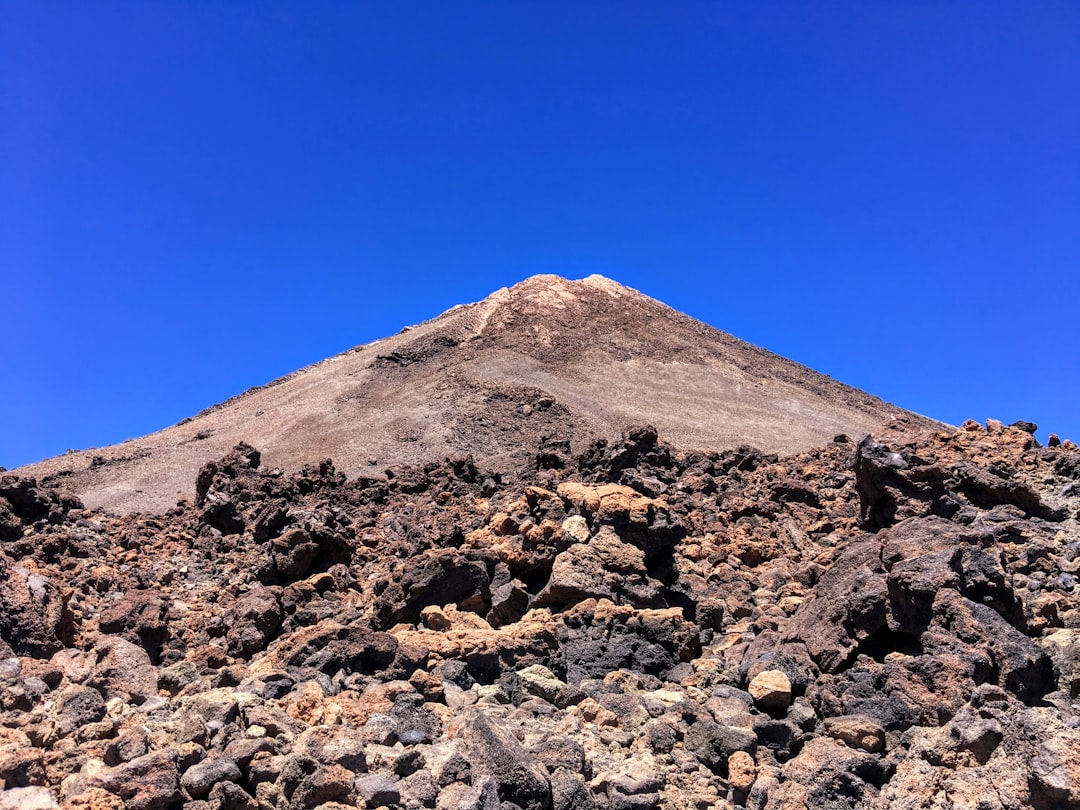What is it about?
Countercurrent condensation for an external flow has never been investigated in detail. In our theoretical study, we consider the simplest geometry, a vertical condensing surface on which film condensation takes place for an up-flow (against gravity) of water vapor. Our theory predicts eight possible film configurations: hanging film, falling film, falling film with zero interface velocity, partly falling film, bidirectional film, partly rising film, transition film, and rising film.
Featured Image

Photo by Tamas Kolossa on Unsplash
Why is it important?
Our theory introduces eight possible film configurations that appear when a rising vapor stream condenses on a vertical surface. We have identified five physical mechanisms that subtly govern the film dynamics: gravity, wall shear, interfacial shear, near-wall mass-flux deficit, and interfacial mass entrainment. Concurrent participation of these mechanisms yields spiral vortices within the thin condensate film. Our results show that the entire film morphology depends on a subcooling parameter and a characteristic number.
Perspectives
Although film condensation has been extensively studied since the nineteenth century, countercurrent film condensation for an external flow has never been investigated systematically. Here, we develop a theory considering vapor up-flow near a subcooled vertical surface. The theory captures condensate dynamics and heat transfer characteristics.
Sayantan Sengupta
National Institute of Technology Durgapur
Read the Original
This page is a summary of: Dynamics of condensate film in the vicinity of a pulling vapor stream, Physics of Fluids, December 2022, American Institute of Physics,
DOI: 10.1063/5.0131421.
You can read the full text:
Contributors
The following have contributed to this page










